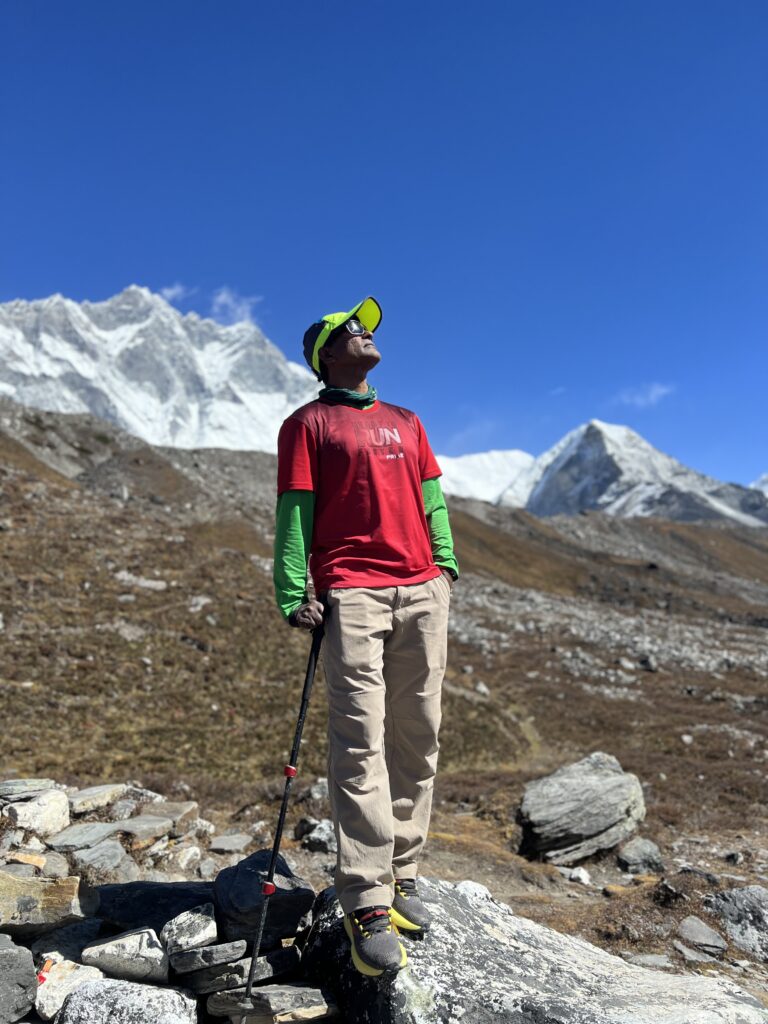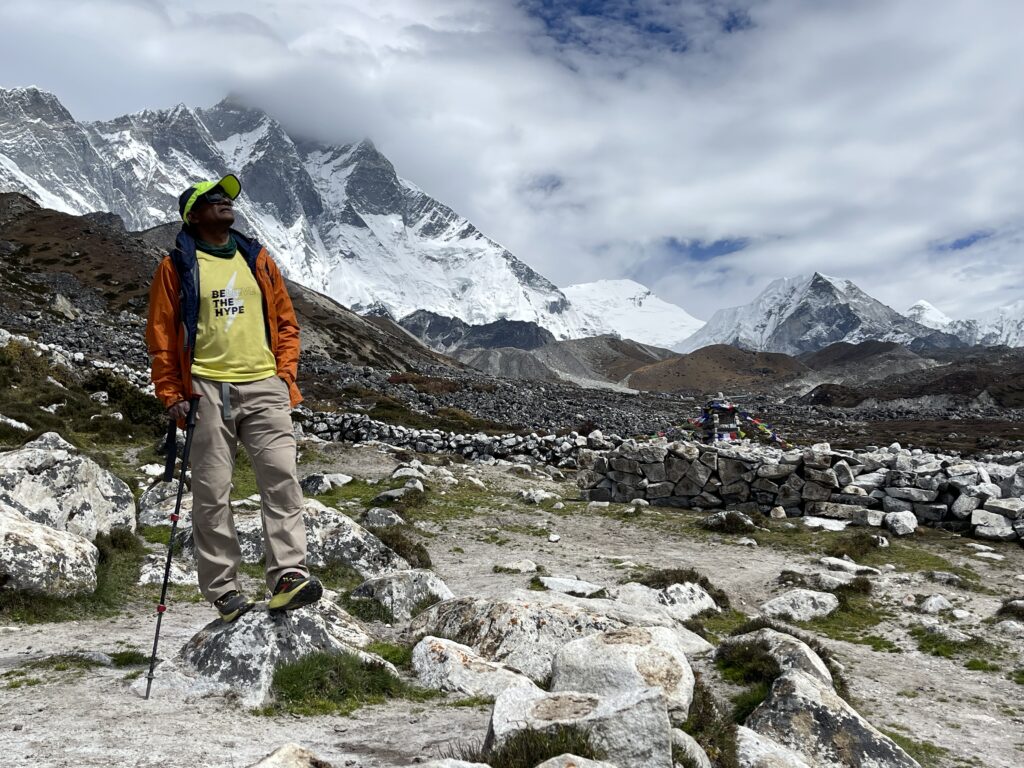Hiking is a rewarding outdoor activity that combines physical exercise, nature exploration, and mental relaxation. To ensure a safe and enjoyable experience, it’s important to use proper hiking techniques. Here are some key tips:

1. Preparation and Planning
- Research the Trail: Know the distance, elevation gain, difficulty level, and weather conditions.
- Pack Essentials: Bring the 10 Essentials (navigation, headlamp, sun protection, first aid, knife, fire starter, shelter, extra food, extra water, and extra clothes).
- Check Weather: Be prepared for sudden changes in weather.
- Inform Others: Let someone know your hiking plan and expected return time.
2. Proper Footwear
- Wear sturdy, broken-in hiking boots or shoes with good traction and ankle support.
- Use moisture-wicking socks to prevent blisters.
3. Pacing and Energy Management
- Start slow and maintain a steady pace to conserve energy.
- Take short breaks (5–10 minutes) every hour to rest and hydrate.
- Eat snacks high in carbohydrates and protein to maintain energy levels.
4. Hiking Posture and Movement
- Uphill: Lean slightly forward, take shorter steps, and use your legs rather than your back.
- Downhill: Keep your knees slightly bent, take shorter steps, and avoid leaning back to reduce strain on your joints.
- Side Hills: Walk sideways or zigzag to maintain balance and reduce strain on your ankles.
- Use Trekking Poles: They improve balance, reduce joint strain, and help with stability on uneven terrain.
5. Hydration and Nutrition
- Drink water regularly, even if you don’t feel thirsty.
- Carry a water filter or purification tablets for refilling from natural sources.
- Eat small, frequent snacks to maintain energy levels.
6. Navigation
- Carry a map, compass, or GPS device and know how to use them.
- Pay attention to trail markers and landmarks to avoid getting lost.
7. Leave No Trace
- Pack out all trash and avoid disturbing wildlife.
- Stay on designated trails to protect the environment.

8. Safety Tips
- Be aware of your surroundings and watch for hazards like loose rocks, slippery surfaces, or wildlife.
- Avoid hiking alone, especially in remote areas.
- Know basic first aid and carry a first aid kit.
9. Mental Focus
- Stay present and mindful of your surroundings.
- Stay calm if you encounter challenges, and assess situations carefully.
10. After the Hike
- Stretch to prevent muscle soreness.
- Rehydrate and refuel with a balanced meal.
- Inspect for ticks or other pests.
By following these techniques, you can enhance your hiking experience while staying safe and minimizing your impact on the environment. Happy trails!

